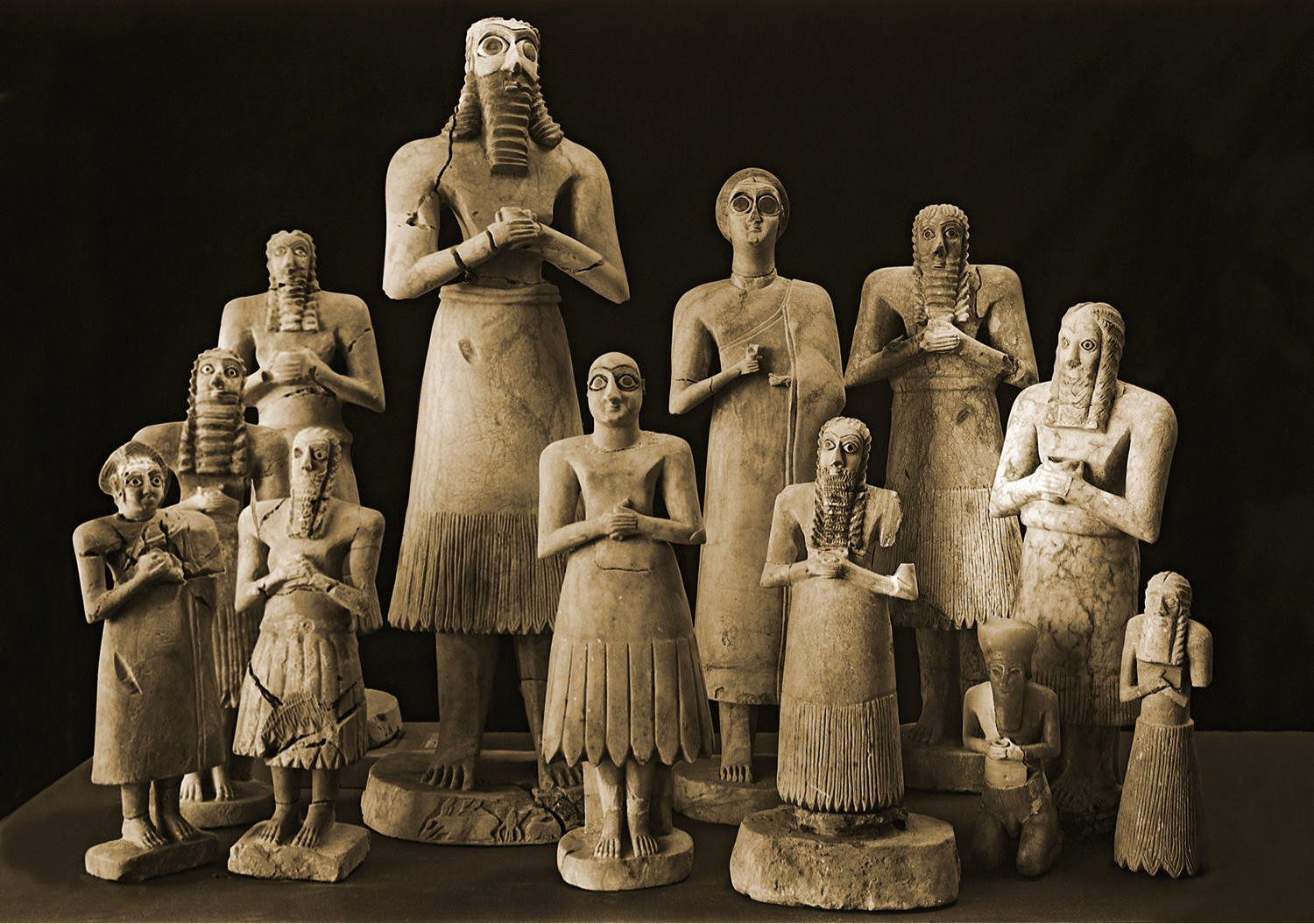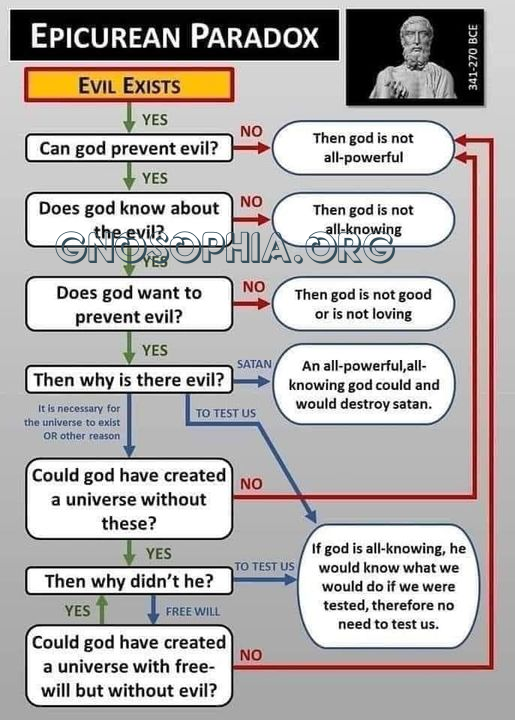“Nothing is impossible, All can be achieved, All can be conquered”
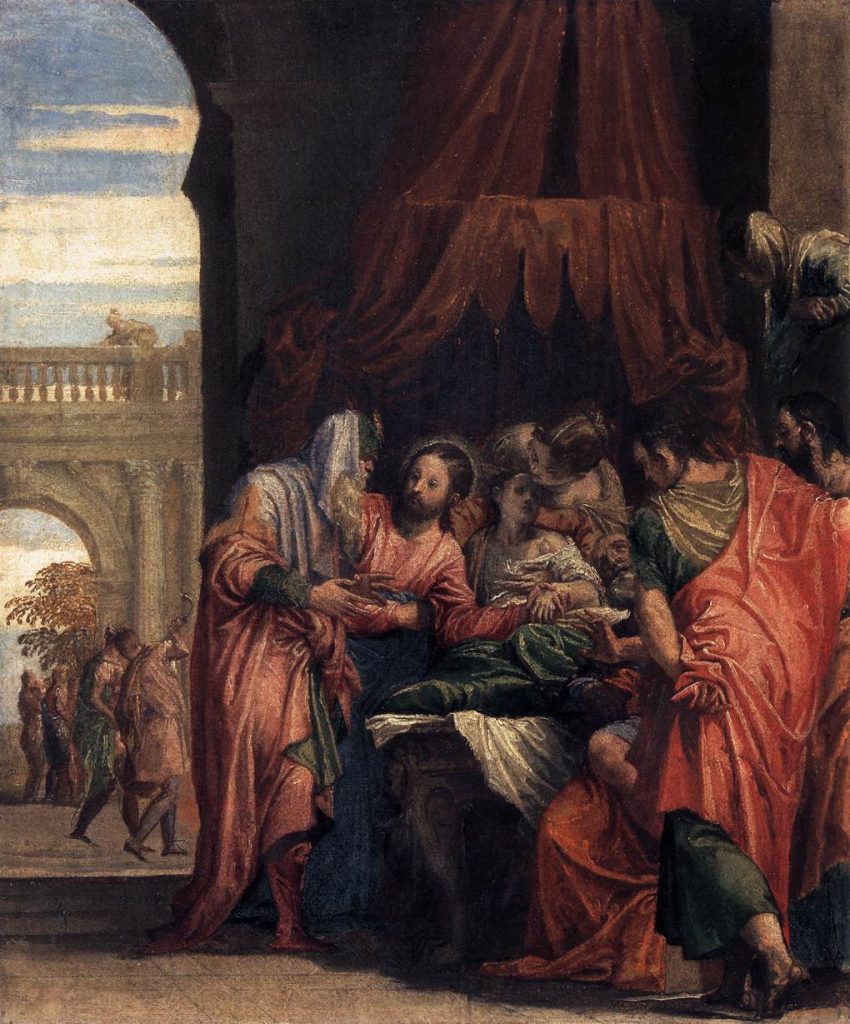
In the canonical Christian Bible, the four gospels attributed to the four Evangelists record 37 miracles done by Jesus the Nazarene before his execution by the alliance of Jewish and Roman religious-political establishment as recorded in the Gospel of John, Chapter 19. Of these 37 miracles, 31 are recorded in the synoptic gospels and 8 are recorded in the Gospel of John. This means that 6 of these miracles only appear in the non-synoptic Gospel. Out of these 37 miracles, only 3 record resurrections. These are the raising of the daughter of Jairus from the dead (as recorded in Matthew 9:18-26, Mark 5:21-43, and Luke 8:40-56), the resurrection of a widow’s son as recorded in Luke 7:11-17, and the resurrection of Lazarus as recorded in the Gospel of John 11:38-46.
The Gospel of John records 8 miracles with the resurrection of Lazarus being the last miracle that Jesus did before he was crucified in Golgotha. Gospel of John is considered a Gnostic Gospel, and it was accepted as such by Sethian Christians who descended from the anti-Yahweh Sethian community.
Golgotha and the Rational Human Intellect
Golgotha means part of the skull that encloses the brain, which modern anatomy calls the neurocranium. To the rationalist Gnostics, death in Golgotha represents the crucifixion of the rational intellect on the cross of intolerance, and its (intellect) demise is tested by the soldier of ignorance wielding the lance of fanaticism that was used to spear the body of Jesus to force the blood of knowledge and water of inquiry to bleed out. (The account of the spearing of Jesus after he died only occurs in the Gospel of John 19:34 but it embedded itself in the popular Christian psyche as the spear of destiny).
On the eve of Passover, according to John 19:14, Pontius Pilate offered Jesus to the Jews, saying, “Here is your king”, but the Jews rejected his offer by saying “Take him away! Take him away! Crucify him!”. This response moved Pilate to order that a notice bearing the initials I.N.R.I be made and hanged atop the head of crucified Christ (John 19:19). The general understanding is that I.N.R.I stands for Iēsus Nazarēnus, Rēx Iūdaeōrum, which means “Jesus of Nazareth, King of the Jews“, thus explaining why the Chief Priest protested this designation though Pilate remained unmoved (John 19:21-22).
According to me, I.N.R.I should be read as Insignia Naturae Ratio Illustrat (which is one of the esoteric Latin interpretations of this initialism), which means reason will illuminate the symbols of nature. This carries the symbolic meaning that reason will guide the development of science and religion. I include religion because it is based on speculative science and imaginative fiction. In my deductions, Pilate symbolizes Time affirming that reason and science (INRI) will triumph over dogmatic superstitious religion (here represented by the Chief Priest whose protests are the vain denunciations of the unrefined religious fanatic against progressing modernity.
I am sure that if the cross is superimposed on the Lurianic Etz Chaim (or the Kabbalistic Tree of Life), the notice of I.N.R.I will be superimposed on the sephira of Daath (or Knowledge). Also, I can interpret these verses as the European mind (represented by Pontious Pilate) seeing the benefit of combining reason (represented by INRI) and religion (represented by the dying body of Jesus) to create an ethical and tolerant theological template that can support scientific enlightenment which resurrects humanity out of the tomb of the dark age of ignorance and superstition.
The Gnostics interpreted most of the scriptures metaphorically, though they showed a predisposition to basing their metaphors on real-world events, historical figures, and historical facts. So, what did the resurrection of Lazarus mean to them? And why did this resurrection unsettle the established Temple Priesthood in Jerusalem? Understanding that the early Christian Gnostics used allegories and metaphors to interpret scriptures is important. I will elaborate on this using my tradition.
Does Resurrection Get Rid of Diseases?
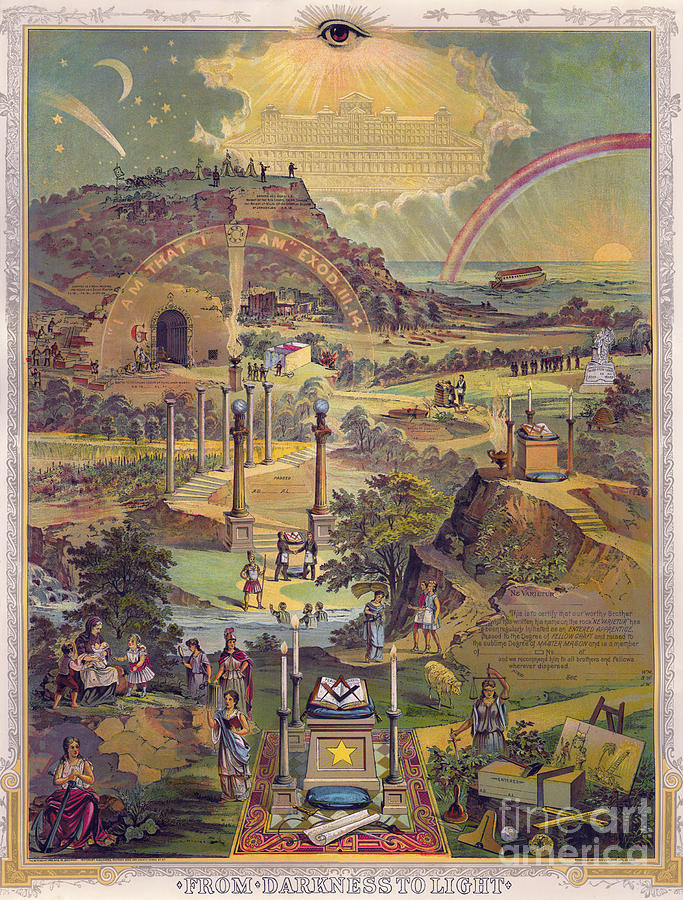
In my tradition, the crucifixion and death of Christ symbolize the dissolution of ancient “pagan” beliefs on the cross of change. Why change? To paraphrase the Philosopher Heraclitus – change is the only constant in history.
This is followed by their descent into the passionless and dark “hell” of empirical inquiry for cleansing. Cleansing is done by purging harmful superstitions while refining beneficial precepts in the “fire” of philosophical study. What follows is their ascent from the abyss through the process of solve et coagula where the beneficial precepts are rearranged and bonded together (like the Goddess Isis piecing together the parts of the slain deity, Osiris, in readiness for the resurrection ritual). This reordering and rearrangement allow for the creation of a new cohesive spiritual-religious system that is ready to be raised up through the process of resurrection, just like resurrection raises a new immortal body as it is written, “(the dead body that) is sown is perishable (but) it is raised imperishable (1 Corinthians 15:42 [New International Version])”. Then, the resurrection occurs as the raising of a new healthy religion. If a man died of a disease and was then resurrected, hadn’t the disease departed from him?
Accessing the Holy Spirit
This post is not informed much by my subjective faith, but to comfort followers of the ancient beliefs; their Gods and Goddesses have been awarded high estates as Archangels of Light or Archdemons depending on their attributes. Likewise, the attributes of the main Gods have been merged into the Holy Trinity with the Life Force of the Universe being transformed into the Holy Spirit that anyone can access and be elevated to a mystical paradise.
The Ophite Christians are known for venerating the primordial serpent [that was later venerated by the Sabbatean messiah, Shabbetai Zvi] and conceiving ideas and philosophies that influenced the Sethian community. What is missed is that the Ophites taught that anyone who got attached to the Holy Spirit using the right rituals and procedures acquired a heightened intellect that remained with him/her after the experience because (s)he had been raised from being a somatic hylic into being a psychic. This is similar to the Talmudic idea of a Rabbi being taught and elevated by the Sar Torah (Prince of the Torah who the Hekhalot Literature identifies as the Enoch who was transfigured into Metatron).
Sethian, Mandean, and Nasorean Christianity
Acceptance of the Gospel of John by Sethians is significant because they (Sethians) were foundational to the establishment of Christian philosophies that transformed the teachings of Jesus into a universal faith.
Sethians were an Egypto-Jewish community – with a religious tradition that was heavily influenced by Platonism – who regarded Yahweh of the Hebrew Bible as the Evil Creator of Matter. Yahweh was associated (by Sethians) with the Egyptian God of Disorder, Treachery, and Violence – Set-Typhon. These Sethian beliefs mirrored those of the Mandaeans who were an Israelite community that rejected the Torah and Yahweh worship, and would later reject Jesus as the Messiah, in preference of upholding their traditions of revering John the Baptist and worshipping Haii Rabi (or Great Living God or simply the Great Life). Sethians described Yahweh as the boastful Yaldabaoth (or “Child of Chaos” who said “I am God, and there is none else“[Isaiah 45:22]), the ignorant version of the Demiurge of Plato, and the Donkey-Pig Deity (Litwa, 2021, pp.35; though this depiction was a counter insult to Jews describing the God of Christians as Onocoetes [ibid. p27]).
According to Sethians – and associated Gnostic Christians like the Ophians, Elcesaites, Basilideans, Valentinians, Marcionites, and Samaritan Baptist communities (like Simonians [who followed the teachings of Simon Magus] and their predecessors, the Dositheans who were founded by the Arab named Dositheos) – there was a supreme deity whom they collectively described as the Unknown God or Agnōstos Theos. The Unknown God is also considered to be the Supreme God by Greek and Roman philosophers.
Agnōstos Theos
“What is this babbler trying to say?”, asked Stoic and Epicurean Philosophers when debating Apostle Paul in Athens (Acts of Apostles 17:18). Apostle Paul – upon finding the alter inscribed: To An Unknown God – answered them, “So you are ignorant of the very thing you worship—and this is what I am going to proclaim to you” (Acts 17:23). Apostle Paul was “babbling’ about the Agnostos Theos.
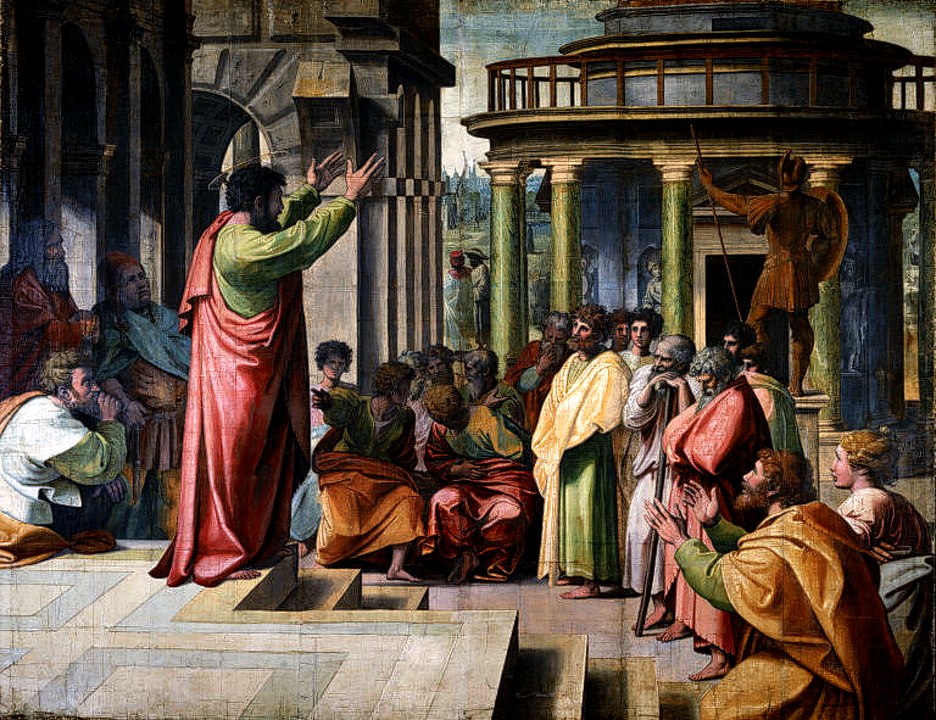
This is the first time that Apostle Paul merged Jesus Christ with the Unknown God, and declared Jesus as the Supreme Lord. For this reason, Gnostic Christian communities that did not regard Jesus as the Messiah rejected the Pauline Gospel as elaborated in his Epistles. Among these extant communities are the Mandaeans who still follow the first-century AD form of Christianity, which is now described as Nasoraeanism. To these Christian communities, the Gospel of John is central to their beliefs.
“The One Killed by Yahweh”
The Gnosticism in the Gospel of John is evident in the enigmatic verse of John 8:44 where Jesus rebuked Pharisees and their followers – who regard Yahweh as their father in accordance with the Torah teaching that states, “This is what the Lord (Yahweh) says: Israel is my firstborn son” (Exodus 4:22).
You are of your father the devil, and your will is to do your father’s desires. He was a murderer from the beginning, and does not stand in the truth, because there is no truth in him. When he lies, he speaks out of his own character, for he is a liar and the father of lies.
John 8:44
This criticism against the God of the Old Testament mirrors the more scathing criticism of Yahweh found in the Sethian Gospel titled Apocryphon of John (also called the Secret Book of John). This Gospel starts with a conversation between a Pharisee named Arimanios and James the brother of John. The Pharisee rebukes the Nazarene thus: “That Nazarene misled you, told you lies, closed your hearts and turned you away from your ancestral traditions”. This compels James to answer the question, “Why did his (Messiah) Father send him into the world?”, and then explains that the Father of the Messiah is not Yahweh because “Yahweh was the name of the second (deity)” and “Yaldabaoth (alternative name for Yahweh) raped Eve (and) she bore (Him) two sons (whom) Yaldabaoth deceptively named…Cain and Abel (and He conspired to have one of his sons killed so that he can claim to have a sole living son)”. The Sethian philosophers had already developed a tradition that the Messiah will resurrect “the one killed by Yahweh”.
The Hermaphroditic Soul of Adam HaRishon
The first man, Adam the First (in Hebrew, Adam HaRishon), died at the age of 930 years (Genesis 5:5) because he failed to rectify his sin, and thus 70 years was allocated to the body in which the soul of the messiah will live in as it is written in the Zohar – as translated by Chabad: “David, [though extant in concept] had not been allocated any life on earth at all (though I have read commentaries that state that David was to live for only 3 hours!!!). When Adam saw this, he donated 70 years of his life to David. This is why he did not live to be the 1000 years he was entitled to, but died at 930″.
This raises the question: Was Adam not supposed to live less than 1000 years based on the promise made by Yahweh that “for in the day that you eat of it (the forbidden fruit), you will surely die (Genesis 2:17)”? Because a day to God is 1,000 years as it is written: “a thousand years in your sight are like a day” (Psalms 90:4 ), then Adam dying at the age of 1000 years means that he did not die on the “day” he ate the forbidden fruit (Genesis 3:6-7), while his actual dying at 930 years means that he died on the twilight of the day that he ate the forbidden fruit. In fact, this calculation is used to decipher that Adam ate the forbidden fruit at 1720hrs (05:20 pm) on Friday (the day he was created). If he ate the forbidden fruit at 5:20 pm, he was destined to die at the age of 930 years. However, this calculation is based on the certainty that Adam was destined to die at 930 years, which is not the case according to the Zohar.
This raises some pertinent questions: Was Adam HaRishon killed or did he just die prematurely? I use the word prematurely because – according to Chazal – Adam later regretted donating his 70 years. If Adam was killed, who killed him? Did the Messiah kill Adam in order to get the 70 years of his terminal life? Also, because his soul was split into 2 according to the aforenoted Zoharic passage, can the soul of Adam be resurrected? Will it be the soul of Adam or David, or the souls of these two figures combined into one soul as a chimeric soul? This brings another set of questions that relate to the creation accounts in the Book of Genesis.
If the soul of Adam is to be resurrected; which soul of Adam will be resurrected? Will it be the androgynous soul of Genesis 1:27 (which has inspired the genderqueer community to adopt the gender pronoun them because it is stated “God created man in His form, In the form of God He created him (as) male and female, He created them“)? Or, will it be the male soul of the Adam created in Genesis 2:7 by a working God who “…formed the man, dust from the ground, and He blew in his nostrils a breath of life”? (The Midrash Rabbah Genesis 8:1 affirms that Adam was created as a bi-sexual hermaphrodite with 2 backs and 2 faces that face away from each other). These 2 accounts of creation reveal the influence of Platonic and Neopythagorean thought in the Hebrew accounts of creation.
The Aristocratic God and the Working God
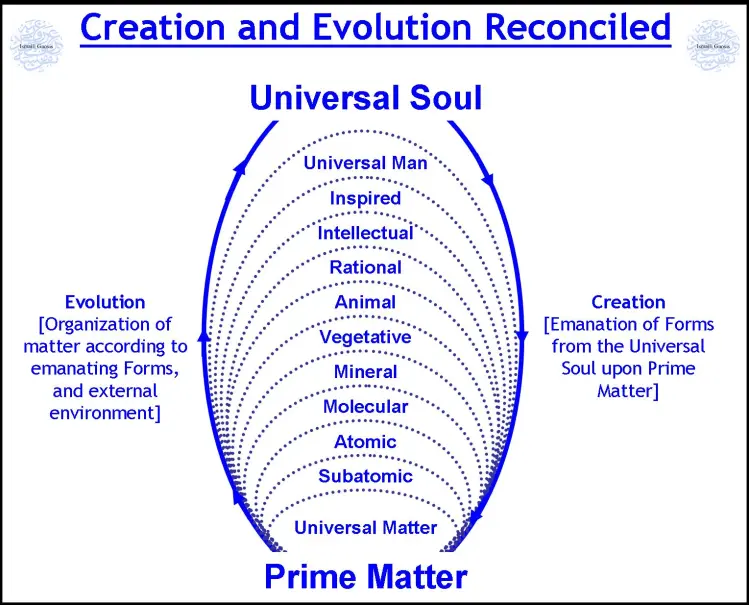
The aristocratic God of the Genesis 1 creation account is the Neopythagorean-Neoplatonic God who creates through speech. This is related to the Chaldean theurgic concept that entered Aramaic as avra kehdabra and Hebrew (regarded as Lashon Hakodesh or Holy Tongue) as abra cadabra which means “I create as I speak”.
Brandon Withrow writes in BioLogos that “Platonists were fond of mystical meanings in numbers and a number like six, being equal to the sum of its divisors (e.g. 1x2x3 or 1+2+3), made it easy to look for hidden meaning”. This is what Saint Augustine did when he noted that “God…accomplished the works of His creation in six days, a perfect number of days” (The Literal Meaning of Genesis 4.2.6). It is notable that Saint Augustine came from a Manichean Gnostic background hence he could find meaning in Biblical verses through a complex process of hermeneutics and exegesis. Most importantly, Saint Augustine used the Neoplatonic concepts of emanations and descent of the soul to elaborate his doctrine of illumination, and these ideas would later lead to the establishment of intellectually-vibrant Ismaili Shiism (which accepts the founder of the Jerusalem Church, James the Just, as one of its highest Imams thus revealing their admiration of the early Jewish and Christian gnostic luminaries).
The Aristotelian God of the Genesis 2 account is the working (class) God who makes calculations and sets creation in motion through effort like forming Adam from dust and breathing into Adam’s nostrils so as to inflate his lungs. This is why Yahweh is considered the dēmiourgos (which is Greek for public worker), and why this account of creation inspired Marxism which is built on the concept of a secular Demiurge who communists regard as the working Creator. Thus, to Marxists, the highest form of worship is working and the way to salvation is through work, or as the German National Socialists (who were influenced by the Gnostic ideas of Guido von List) said: arbeit macht frei or “work sets you free”. (This idea that work brings salvation is rooted in the Protestant-Calvinist work ethic as interpreted by Georg Anton Lorenz Diefenbach).
Will there be a Female Messiah?
Now, back to the deceased Adam HaRishon. According to Catholicism.org, Melchizedek buried the bones of Adam – which had been retrieved from Noah’s ark – in a hill that was then given the name Mount of the Skull, or Golgotha. Scott Smith argues that because Jesus the Nazarene was crucified on top of the resting place of Adam’s skull and bones, and his blood poured down on Adam’s skull, then the physical remains of Adam are redeemed, thus rectifying the sin that Adam did with his physical body. However, this account disputes the generally accepted teachings that Adam HaRishon was buried in the Cave of Machpelah. Regardless of the dispute, the account provided by Smith reveals the commitment of Christians to prove that Adam HaRishon can be redeemed by the Messiah or Christ.
By resurrecting Lazarus as his third miracle of raising a person from the dead, was Jesus sending signals that he could resurrect the soul of Adam HaRishon? What does the resurrection of Adam HaRishon mean considering that he is the father of all humanity?
According to the Kabbalah, after Adam sinned, his soul shattered into 600,000 souls, These souls can only be reconstituted as divine souls of only 3 people i.e Adam, David, and the Messiah, for it is written: “ADaM is an acronym for the names – Adam, David, Moshiach“. So, is the resurrection of Adam the redemption of these 3 souls? If yes, does it means that the Sinless soul of the Messiah must be housed in a human body that can Sin (or has sinned just like Adam and David sinned)? Does this housing equate to the redemption of the body? Also, because God created an androgynous soul in Genesis 1:27 is the soul of the messiah also androgynous? If not (as Jesus was purely male), has there been – or will there be – a female messiah? Regardless of any answers provided to these questions, to the priests in the Second Temple, resurrecting Adam HaRishon basically means bringing about the Messianic Age and wrapping up Judaism. So, is it any wonder that Christian thinkers who subscribe to supersessionism argue that if we live in the messianic age, then the existence of Judaism is an aberration?
For the temple priesthood during the reign of Herod Antipas, the idea that Adam HaRishon can be resurrected must have truly troubled them, mainly because this resurrection symbolized the death of Second Temple Judaism i.e Judaism that is based on religious rituals and practices done in the Second Temple.
Conspiracy in the Second Temple
The resurrection of Lazarus is interesting because it is the only miracle that moved the divided Sanhedrin to jointly plan the murder of Jesus as recorded in John 11:45-57. What was it about this resurrection that made the Sanhedrin very uncomfortable? The simple answer is that the entire resurrection event as narrated to the Sanhedrin made the Sadducees and Pharisees very uncomfortable, and some Pharisees were understandably frightened by this event.
The Sanhedrin during the Second Temple era served as the supreme ecclesiastical and judicial council for Roman Judaea (Provincia Iudaea) and held their council in the Chamber/Hall of Hewn Stones located in the North Wall of the Temple. If this council had 71 elders (and not more as this number was fixed by Moses), then it was the Great Sanhedrin, but if it had 23 members, then it was the lesser Sanhedrin. If the Sanhedrin was made up of less than 23 members, but still an odd number of judges and scholars, then it was called a local Sanhedrin. It is the local Sanhedrin that first deliberated plans to harm Jesus. However, upon the arrest of Jesus, it was either the lesser Sanhedrin meeting in the House of the High Priest Joseph ben Caiaphas that tried Jesus according to Matthew 26:57, or the Great Sanhedrin meeting in the Temple that tried and condemned him to death according to Mark 14:53-64. According to Mark 14:64, the Pharisees and Sadducees passed the death sentence in unison, which is quite rare considering the differences between these two camps which are explained below.
Sadducee, Pharisee, and The Hasmoneans

The Sanhedrin during the time of Jesus of Nazareth represented the agrarian Temple Priesthood, but it was fraught with internal rivalry because its two constituent academies of scholars – the Tzadokim (Sadducee) and Perushim (Pharisee) – never saw eye to eye, with the root of conflict going back to the Hasmonean civil war. This war started when Aristobulus II -, who was backed by Sadducees – overthrew Hyracanus II (who was a Pharisee) as the High Priest of the Temple in Jerusalem. There was also a religious-ideological angle to the Sadducee-Pharisee divide.
The Sadducees advocated for aristocratic norms and Hellenistic Judaism which rejected the following:
- Immortality of the soul.
- Oral Torah.
- Resurrection.
- The Afterlife.
- Existence of spirits (i.e angels and demons).
Also, the Sadducees – who attracted the wealthy elite – were the Priestly caste that promoted the Zoroastrian idea that God cannot commit evil (because He is free of the destructive spirit). Equally, the Sadducees took pride in their knowledge of notable Greek works including Homer’s Iliad and Hesiod’s Theogeny (with the most Hellenistic Sadducees advocating for the Iliad to be included as a sub-canonical text in the Hebrew Bible). These Sadducees did read and interpret the Hebrew Bible in Koine Greek. The Book of 2 Maccabees – which was rejected by the most vocal anti-Sadducee pietists, the Essenes – was written in Koine Greek, and it is likely that it was written by a partisan of the Sadducce. Likewise, the Sadducees were central in the translation of the Hebrew Bible (which contains the 24 Masoretic texts [the Tanakh or Mikra] and some Apocrypha text) into Greek as the Septuagint.
The Pharisees advocated for the implementation of the laws laid down in both the Written Torah (Torah She’bichtav) and the Oral Torah (Torah Sheba’al Peh); and as such, they acknowledged the immortality of the soul, predestination, and reward and punishment in the afterlife, as well as the Frashokereti Zoroastrian ideas such as resurrection, and the existence of angels and demons. Frashokereti is the basis of the Hebrew concept of Tikun Olam (rectification of the world). Also, some Pharisaic-Rabbinic theological doctrines described 3 messiahs – Adam, David, and Moshaich; and this shows direct borrowing of the 3 messiahs (the 3 Saoshyant who fight and defeat Angra Mainyu [Lord of Evil]) in Zoroastrianism).
The Pharisees, even though they started as separatists allied to Salome Alexandra went on to establish Rabbinic Judaism. Among the Pharisees was a group of zealots known as the Essenes, who went on to massacre many Temple Priests and later established primeval Christianity. Essenes were known for adhering to Apocalyptic Judaism and were committed to ending Roman Rule through a violent revolution.
Understanding this conflict within the Sanhedrin highlights why the event of raising Lazarus from the dead is quite impactful because it rallied them against a common “enemy”.
Let Lazarus Remain Dead
Why did this resurrection (of Lazarus) frighten the Sanhedrin? Among the probable questions that went through the minds of the priests were: Did Lazarus really die? Was he brought back to life through a resurrection ritual? What was this secret society of Essene planning by resurrecting one of their own, Lazarus? Why was the dead Lazarus entombed in Bethany? Was there a wordplay – is it really Bethany or Beth-anu? And the scariest question of all: Was this resurrection of Lazarus related to the Greek legend of the resurrection of the Phoenix? Another issue that would have bothered the Sanhedrin about this new Jesus Movement was the statements made by some of its followers that could be translated to mean: “nothing is impossible, all can be achieved, all can be conquered”. “What do they mean by that? Are they magicians?”, the Pharisees should have asked.
Another possible pressing question that the Temple priests may have had was: “Was this confidence to overcome an impossibility imply that Jesus would do the impossible, which is to resurrect himself (i.e self-resurrection)?“. About the accusation of practicing magic, the Talmud in Sanhedrin 43 accuses Jesus the Nazarene of being a magician/sorcerer who caused 5 of his disciples to be executed as it is written: “Jesus the Nazarene had five disciples: Mattai, Nakai, Netzer, Buni, and Toda (43a.22)…Shall Mattai be executed?…Yes, Mattai shall be executed” (and all the 5 disciples were given death sentences by the Beit Din [rabbinical court]).
Back to the temple priests, other possible questions that troubled them about the resurrection of Lazarus were: Is this resurrection of Lazarus a coded parable about the death of Judaism and its resurrection as another religion? If so, what would happen to the Great Sanhedrin? Would the new religion disband it? The answer to the last question is that Christian authorities disbanded the Great Sanhedrin in 425 AD/CE and the consensus of the Amoraim – who codified the Babylonian Talmud thus establishing the age of Talmudic Judaism – was that only the Messiah could re-establish the Great Sanhedrin. Even so, this idea was rejected by Moses ben Maimon (Maimonides) in Mishne Torah, Hilchos Sanhedrin 4:11 who called on Jewish scholars to reconstitute the council, which is what Rabbi Yaakov Beirav unsuccessfully tried to do in the 1500s only to be met by strong opposition from the then Chief Rabbi of Israel, Rabbi Levi ben Habib. The Grand Sanhedrin that was convened in April 1806 under the instructions of Emperor Napoleon Bonaparte does not meet the legal (halakhic) requirements to be considered a Sanhedrin. If the Pharisees feared that the resurrection event signaled the destruction of the Great Sanhedrin, then they were justified to be discomfited by it.

Equally, if the Sanhedrin was to be disbanded, the Temple would need to first have ceased to exist. Was Jesus insinuating that the Temple will be destroyed physically, but its soul would resurrect as a great universal religion based on Established Judaism? Another issue that bothered the Temple priests was the gnostic idea of a spiritual Temple of God that would be indestructible and everlasting as prophesied by Prophet Ezekiel in Ezekiel 40. This idea legitimated the destruction of the Second Temple, and this may explain why the Essenes were fighting the Romans so as to trigger an apocalyptic war that would lead to the Temple’s destruction and usher in the Messianic Age. Another issue that bothered the Temple priests was how the Essenes related the potential cutting of the baby in half by King Solomon with the fate of the Second Temple.
The Temple of Solomon was created as a monument to monotheism, but it was destroyed twice – both times by non-monotheists, first the Babylonians under Nebuchadnezzar in 587 BCE and then the Romans under Vespasian in 70 AD. Notably, Christianity emerged after the Temple’s destruction and spread through the Old World, dethroning Ancient Egyptian rites, Hellenistic Judaism, and Babylonian religions; and today, the descendants of these ancient populations – the Phoenecian, Assyrians, Babylonians, Nabateans (who rejected Islam en masse), and Egyptians (i.e Copts) – confess the Christian faith. The Apocalyptic revolution started by the Essene zealots set in motion events that led to the triumph of Christianity after the destruction of the Second Temple.
Cited Work
Litwa, M. David. The Evil Creator: Origins of an Early Christian Idea. Oxford University Press, 2021.


